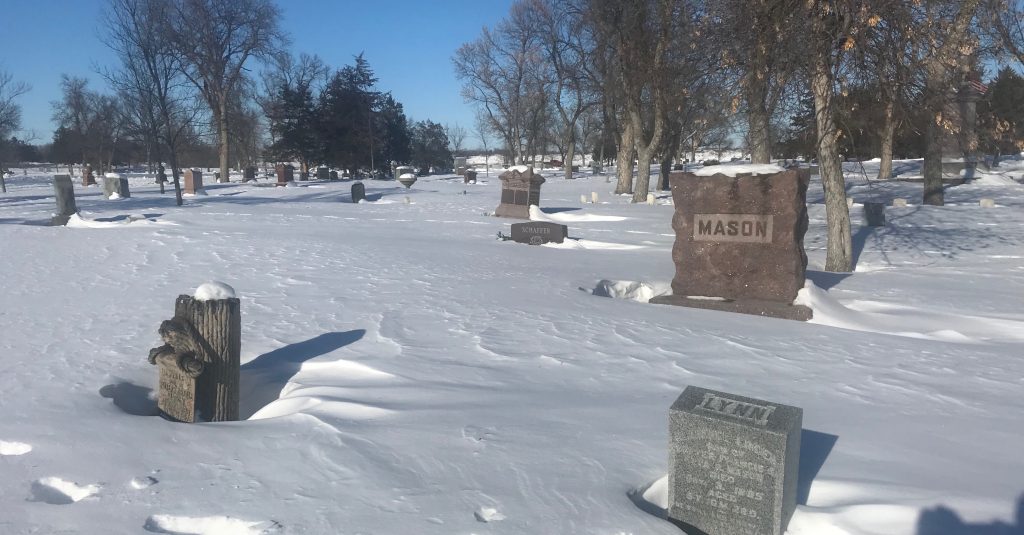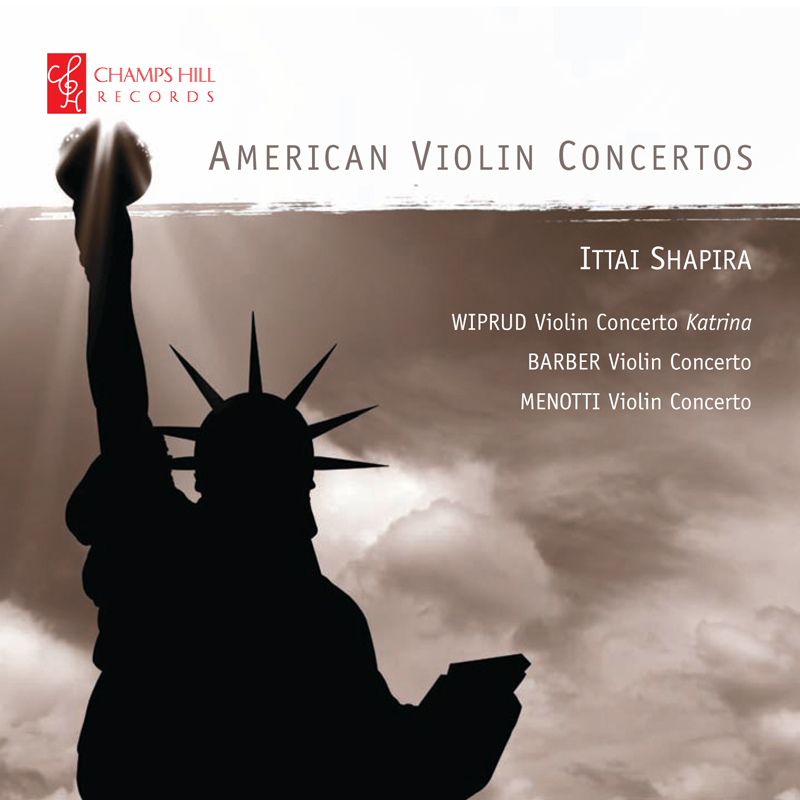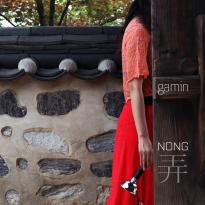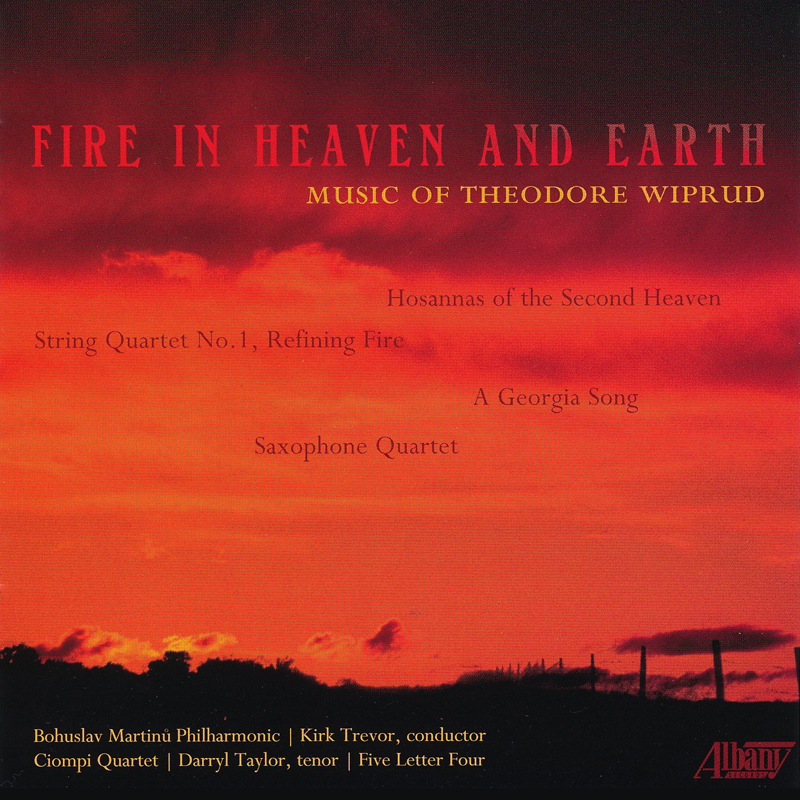Last spring, I spent just a couple of days with a rental car, chasing down sites in North and South Dakota where my paternal grandparents grew up in the 1890s/1900s. It was late March and still frigid cold. Snow was drifted everywhere, and had an alarming tendency to blow as a skim coat hiding the roads I drove. I spent a day in Aberdeen, where my grandmother grew up, and another day finding the site where a town called Wiprud briefly stood. There were deeply meaningful moments and sights in all of this. Beyond telling the tale to relatives, I felt a need to say something more, something more lasting, through music – piano music that I can actually play. But how? What does it actually mean to take an experience in the real world, and make it into a musicalevent for others to experience?
I believe that no two people have the same experience of a given musical event. It’s filtered through each person’s associations and musical vocabulary and taste, not to mention the mood of the moment, what music came before, or distractions accompanying the music. I can say such-and-such piece tells the story of such-and-such a day, but a listener may map it onto a story of their own, or hear it purely as sonic phenomena. That’s actually why music is so powerful and pervasive – it gives form to individual imaginations and thoughts, and even provides a way to recall them.
All this came to mind when a friendly relation asked what I meant by writing piano music about several events on that sentimental little journey. The first answer is that the tone or mood of the music should be true to the emotional and philosophical content of the memory. Second, I look for something in the experience that corresponds to musical discourse.
My grandmother wrote in her memoir that she had the happiest possible childhood. She also wrote about the deaths of two brothers – one at the age of five, the other at the age of 24 by suicide. She wrote that the family would often spend a Sunday afternoon picnicking at the grave of the five-year-old (long before the suicide). So I particularly wanted to I visit Aberdeen’s cemetery, where I found the family plot where the picnics happened, with striking headstones of the two brothers who died young. Although it was covered in snow when I visited (itself a symbol of the time that has passed), I had a very clear picture of the girl (my grandmother) running around in the open, her father cutting the grass, her mother laying out a meal.

Innocent happiness; a picnic; tombstones. And a Civil War monument to boot. This is all I need to build music of contrast. A lively, wayward line to start, breaking into a little song of joy – set among somber chords. Who knows what the music may conjure for others, but for me, the sounds and the shape will always remind me of that place and that story. To be honest, I’m providing a hint by titling this one “Picnic with Tombstones.” The other two pieces also contain dualities – always useful for a composer. “Prairie Roads with Blowing Snow,” and “Sinking Town in Winter.”
The final piece of this puzzle is its relation to Wind of Many Voices, which I composed for the South Dakota Symphony during my residency there. In these little piano pieces, I rework material from the orchestra work into rather different expressions – but still with a connection, for me, to the place and its history.





